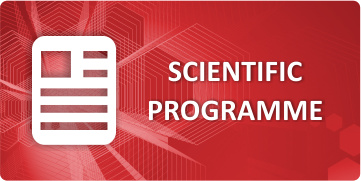
Patrik Niemelä
Ambulance Service, Sweden
Title: Salivary Cortisol Concentration and Heart Rate Variability during 91 Priority-1 Alarms in a Swedish Ambulance Staff
Biography
Biography: Patrik Niemelä
Abstract
Background
According to previous research, ambulance personnel often experience themselves as healthy, but at the same time several studies show that they suffer from a number of stress-related illnesses, take early retirement and even suffer early death. The aim of this study has been to examine mental stress during priority-1 alarms.
Methods
During 91 priority-1 alarms heart rate and salivary cortisol concentrations were measured. During priority-1 alarms salivary cortisol was collected on two occasions, at alarm and after end of alarm. Heart rate was measured every 15 seconds. Fourteen men and six women (sixteen ambulance nurses and four paramedics) participated. A questionnaire with background data was collected.
Results
Elevated heart rate was associated with priority-1 alarms. When comparing individual alarms and different participants, there are clear differences in heart rate and cortisol response. There was no tolerance development for heart rate response. Alarms concerning traffic accidents, fast track and children seemed to generate the highest stress response. There was no significant difference in stress regarding personnel’s age, gender, level of education or point in time for alarms.
Conclusions
Predefined fast track schedules and traffic accidents appear to generate stress among staff. Since no correlation could be seen between heart rate and salivary cortisol concentration they cannot replace each other as indicators of stress.

